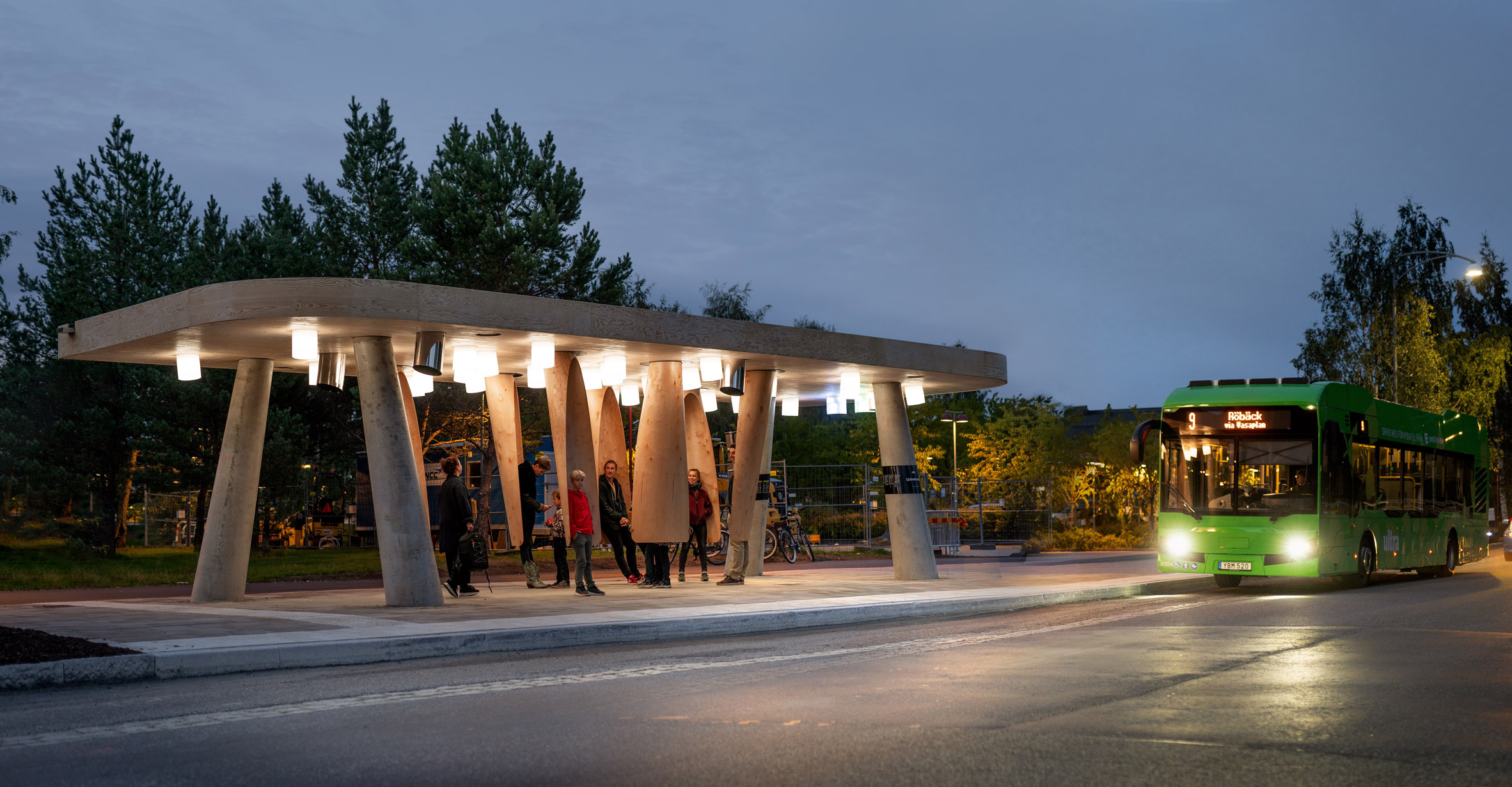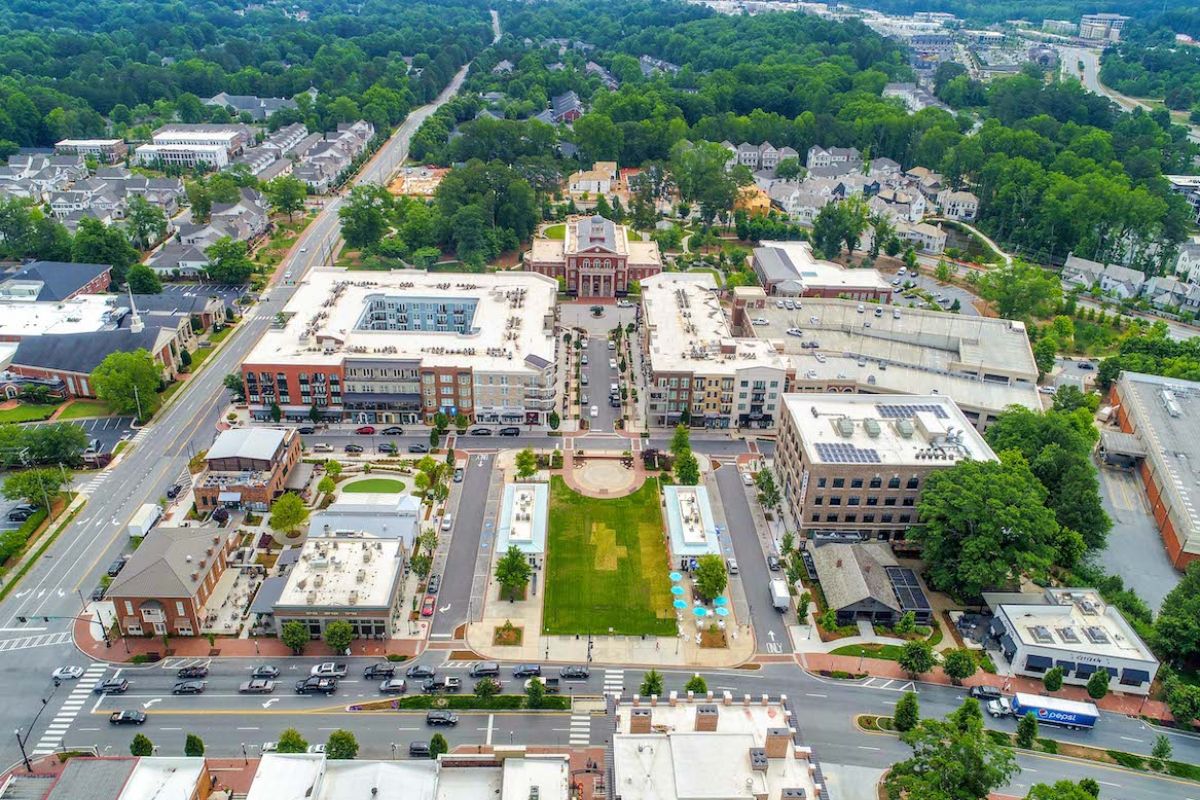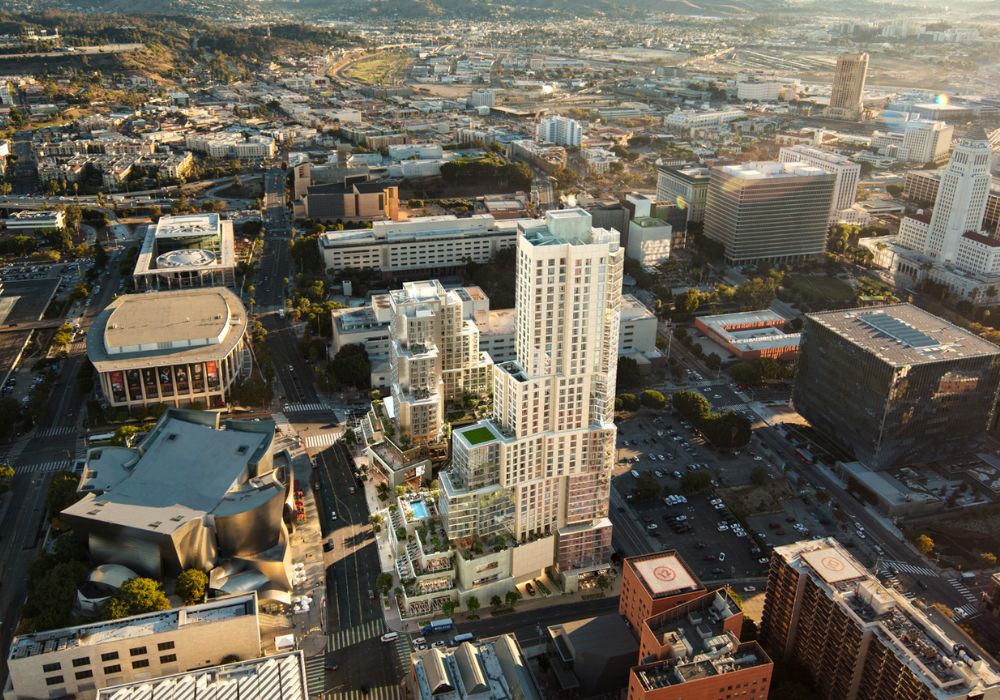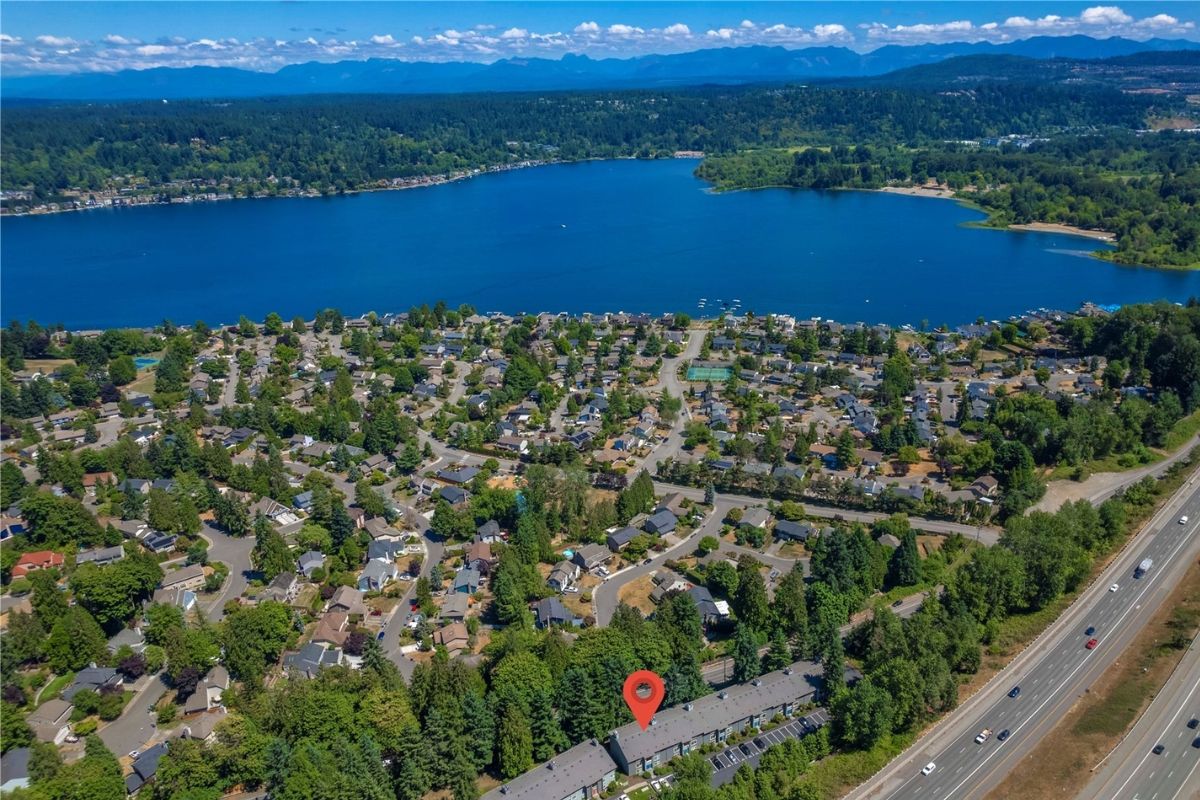In recent years, the cost of renting near public transportation has witnessed a significant uptick, leaving many urban dwellers grappling with higher housing expenses. This surge in rental prices near public transportation hubs can be attributed to a myriad of factors that intersect economic, demographic, and urban development dynamics. This article delves into the main ideas behind the rising costs, shedding light on the intricate web of influences shaping the rental landscape in proximity to public transportation.
How close is close enough?

The demand for homes near public transportation in the US is on the rise, with significant implications for property values and lifestyle choices. Homes within a half mile of transportation stations show higher appreciation over time, underlining the positive impact on real estate. Research reveals that 47% of respondents prefer living in walkable, transportation-friendly neighborhoods with nearby amenities.
However, there is an undersupply of such housing, especially around transportation hubs like Metro stations in Greater Washington. Despite this, many homebuyers prioritize a shorter commute over larger homes, with 59% willing to sacrifice size for convenience.
Proximity to public transport not only influences housing decisions but also yields cost savings, as transportation expenses in transportation-oriented areas can be $2,500 to $4,400 lower. Furthermore, one in four residents near public transportation forgoes car ownership, emphasizing the practicality and appeal of living close to public transportation.
Why Renting Near Public Transportation Has Become Pricier?
Urbanization and Population Growth

As urban populations surge in search of economic prospects, the need for housing close to public transportation hubs escalates. This heightened demand strains the already limited housing supply, resulting in soaring rental costs. Rapid urbanization and population expansion compound the challenge, intensifying the pressure on available housing in densely populated metropolitan regions.
The fierce competition for a finite number of units exacerbates the affordability crisis, rendering housing increasingly elusive for many. This phenomenon underscores the urgent need for innovative urban planning strategies, policies, and sustainable housing solutions to alleviate the strain on housing markets and ensure equitable access to shelter amid the urban boom.
Gentrification and Neighborhood Transformation
Gentrification, the process of renovating and revitalizing urban areas, often accompanies improvements in public transportation infrastructure. While these changes enhance connectivity, they can also lead to the displacement of lower-income residents as wealthier individuals move in. As a result, the demand for housing in gentrifying neighborhoods surges, causing rental prices to soar. The allure of convenience and improved amenities near transportation hubs further amplifies the gentrification effect on rental costs.
Infrastructure Investments and Property Values
Substantial investments in public transportation infrastructure, such as new subway lines, bus routes, or train stations, can have a profound impact on property values in the surrounding areas. As access to efficient transportation increases, so does the desirability of living nearby. Property owners and landlords often capitalize on this increased demand by raising rental prices, aiming to capture the added value generated by enhanced transportation connectivity.
Limited Affordable Housing Options

The scarcity of affordable housing near public transportation exacerbates the challenge for those seeking economical living options. Developers may prioritize luxury or upscale housing projects in transportation-accessible locations, further limiting the availability of affordable rental units. The resulting imbalance between supply and demand for affordable housing contributes significantly to the escalating rental prices in these areas.
Employment Centers and Commuting Patterns
Proximity to major employment centers plays a pivotal role in driving up rental prices near public transportation. As more businesses concentrate in specific urban hubs, individuals seek housing close to their workplaces to minimize commuting times. The convenience of living near transportation nodes becomes a premium, prompting landlords to set higher rents to capitalize on the demand generated by the workforce's commuting patterns.
Tech-Driven Mobility and Housing Market Dynamics

The advent of technology-driven mobility solutions, such as ride-sharing services and electric scooters, has altered traditional commuting patterns. While these innovations offer increased flexibility, they also impact the housing market dynamics. Some individuals may opt for more affordable housing options farther away from public transportation, relying on these alternative transportation modes. This shift in behavior can lead to increased competition for housing near transportation nodes, further contributing to rising rental prices.
Zoning and Regulatory Challenges
Zoning regulations and land-use policies can act as significant barriers to the development of new housing units near public transportation. Stringent zoning restrictions may limit the construction of high-density residential buildings, exacerbating the housing shortage. Additionally, regulatory hurdles can slow down the approval process for new developments, constraining the supply of available rental units and driving prices higher.
Economic Disparities and Income Inequality
The growing disparity between incomes and housing expenses intensifies the affordability crisis, particularly near public transportation hubs. As rental prices escalate, the pace of income growth for many individuals fails to keep pace. This widening economic gap accentuates housing inequality, creating substantial hurdles for a considerable portion of the population to secure housing close to efficient transportation alternatives.
The result is a scenario where the benefits of accessible public transportation are compromised for those unable to afford the associated housing costs, perpetuating social and economic disparities. Addressing this issue requires holistic approaches that consider both housing and income policies to ensure that urban development remains inclusive, enabling diverse communities to access the advantages of well-connected public transportation systems.
Housing options

Do not lose hope yet because several cities in the US offer affordable housing options near public transportation. Here are some cities that may meet your needs:
- Baltimore: Explore the affordability of Mount Vernon, Charles Village, and Seton Hill, all conveniently connected by a robust public transportation system, including buses and light rail.
- Buffalo: Embrace the walkable charm of Allen, Bryant, and Front Park, complemented by Buffalo's efficient public transportation system, offering bus services and easy connectivity.
- Chicago: Uncover budget-friendly apartments in the pedestrian-friendly neighborhoods of Lake View, Uptown, and Hyde Park, with excellent access to Chicago's extensive public transportation, including buses and the iconic "L" train system.
- Cleveland: Immerse yourself in the walkable downtown area of Cleveland, offering stellar public transportation options such as buses and the RTA Rapid Transportation, ensuring easy access to museums, theaters, shopping districts, and dining spots.
- Dallas: Discover the Main Street District, Farmer's Market District, and Government District in Dallas, where affordability meets walkability, complemented by a convenient public transportation network, including DART (Dallas Area Rapid Transportation) buses and light rail.
- Milwaukee: Navigate the walkable Juneau Town (East Town) in Milwaukee, well-connected by buses and the Milwaukee County Transportation System (MCTS), providing easy access to other desirable neighborhoods like the Lower East Side, Yankee Hill, and Murray Hill.
- Minneapolis: Experience car-free living in Minneapolis's downtown and the walkable Lowry Hill East (The Wedge) neighborhood, served by an excellent public transportation system, including buses, light rail, and extensive bike lanes.
- Pittsburgh: Explore level and walkable neighborhoods like the Central Business District, Shadyside, and Southside Flats in Pittsburgh, all linked by reliable public transportation options such as buses and the Pittsburgh Light Rail.
- Rochester, New York: Embrace the walkability of Rochester's Central Business District and the Garden District (Pearl-Meigs-Monroe), both well-served by an efficient bus network, providing convenient transportation options for residents without cars.
Conclusion
Rising rental prices near public transportation hubs stem from a blend of factors, including urbanization, gentrification, limited affordable housing, commuting trends, infrastructure investments, technological shifts, regulatory hurdles, and economic disparities. Policymakers, urban planners, and residents must comprehend the complex interplay of these elements to devise effective strategies for addressing the affordability crisis and promoting equitable access to housing near options. As cities evolve, the urgent challenge remains to find sustainable solutions for mitigating the escalating cost of living in transportation-accessible areas, ensuring inclusivity and accessibility for all residents.





